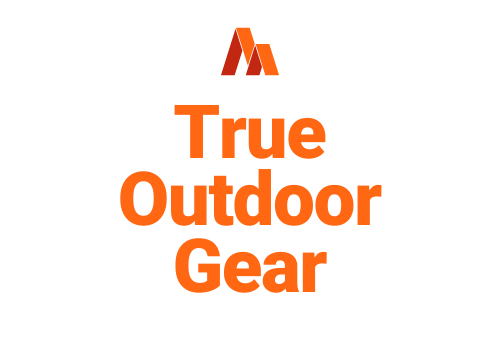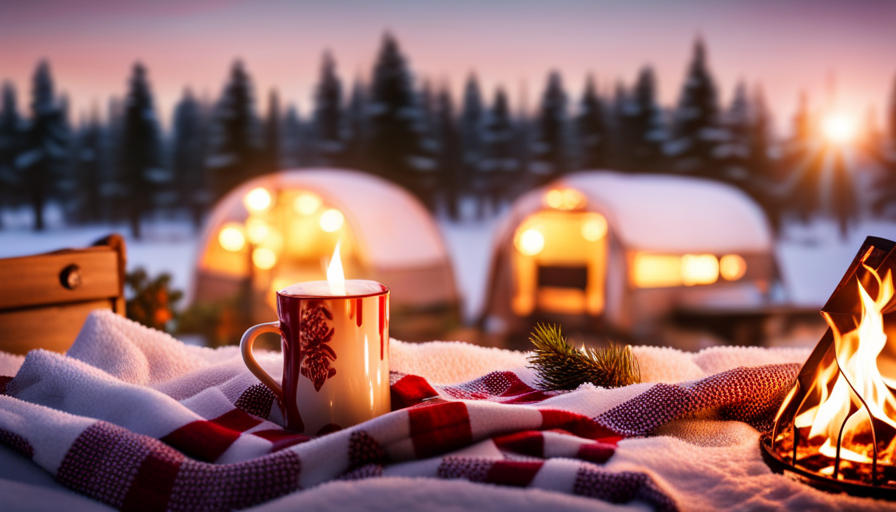Winter can be a challenging season for those living in a camper, but with the right preparations and gear, it can also be a cozy and affordable way to live. Winterizing your camper is essential to avoid water damage, frozen tanks, and broken pipes.
In this article, we will provide a comprehensive checklist and expert hacks for winterizing your camper to make it a warm and comfortable living space. Our checklist covers both the exterior and interior preparations needed to ensure your camper is ready for the winter season. From inspecting and resealing the roof to insulating windows and doors, we will guide you through the process step by step.
Additionally, we will discuss the benefits of winter camper living, including the ability to vacation in rugged destinations and generate passive income. So, get ready to snuggle up and enjoy the winter season in your cozy camper with our ultimate winterizing guide.
Preparation Steps
The article delves into the essential preparation steps required to winterize a camper for full-time winter living. These steps are aimed at preventing water damage, frozen tanks, and broken pipes.
The first critical preparation step is inspecting and resealing the roof to prevent leaks that can lead to water damage. Additionally, it is crucial to drain and sanitize the water system to prevent the growth of bacteria, algae, and other harmful microorganisms that thrive in stagnant water.
Another vital preparation step is insulating pipes and vents to prevent freezing temperatures from causing them to burst. This is achieved by using foam insulation or heat tape to wrap the pipes and vents.
Furthermore, the article highlights the importance of having essential winter gear for camper living, such as tire chains for snowy or icy roads, and checking RV park rules before DIY winterization. These preparation steps are crucial in ensuring a comfortable and safe winter camping experience.
Exterior and Interior Checklist
Insulating your camper’s exterior and interior is crucial for protecting it from freezing temperatures during the winter months, even if it may seem like an extra expense. Insulation helps to regulate the temperature inside the camper, preventing heat loss and keeping the interior warm and cozy.
Here are four items to include in your exterior and interior checklist for winterizing your camper:
- Insulate pipes and vents: Pipes and vents are the most vulnerable parts of your camper when it comes to freezing temperatures. Insulating them helps to prevent any damage from frozen water and air, and ensures that your water system is functioning properly.
- Use thermal curtains and rugs for insulation: Thermal curtains and rugs are perfect for insulating your windows and floors. They help to keep the cold air out and the warm air in, making your camper more energy-efficient.
- Dehumidify: Winter months can cause excess moisture build-up in your camper, leading to mold and mildew growth. A dehumidifier helps to eliminate excess moisture and prevent any damage to your camper’s interior.
- Use space heaters: Space heaters are a great way to supplement your camper’s heating system and keep the interior warm and comfortable. They are also energy-efficient and can save you money on your heating bills.
By following these exterior and interior checklist items, you can ensure that your camper is properly insulated and protected from the harsh winter elements.
Benefits of Winter Camper Living
Winter camper living offers a range of advantages that make it an attractive option for those looking for a unique lifestyle. One of the biggest benefits is its cost-effectiveness. Compared to traditional housing, living in a camper during the winter can significantly reduce living expenses. This is especially true for those who choose to live off-grid or in remote locations where the cost of living is generally lower. Additionally, camper living offers the potential for generating passive income through rental opportunities during peak travel seasons.
Another advantage of winter camper living is the freedom to explore remote locations and experience rugged destinations. Camper living allows individuals to travel and live in areas that are often inaccessible through traditional housing. This can lead to a more adventurous lifestyle and a deeper connection to nature. Moreover, camper living provides the freedom to lead a nomadic lifestyle, which can be appealing to those who seek new experiences and enjoy the thrill of exploring different places.
| Pros | Cons | Tips | |
|---|---|---|---|
| Cost-effective | Limited space | Minimize clutter | |
| Flexibility to travel | Requires maintenance | Learn basic repair skills | |
| Connection to nature | Weather can be unpredictable | Plan ahead for extreme weather | |
| Minimalist lifestyle | Limited amenities | Prioritize essentials | |
| Potential for passive income | Requires adaptation to small living space | Embrace simplicity | …and focus on experiences over material possessions. |

